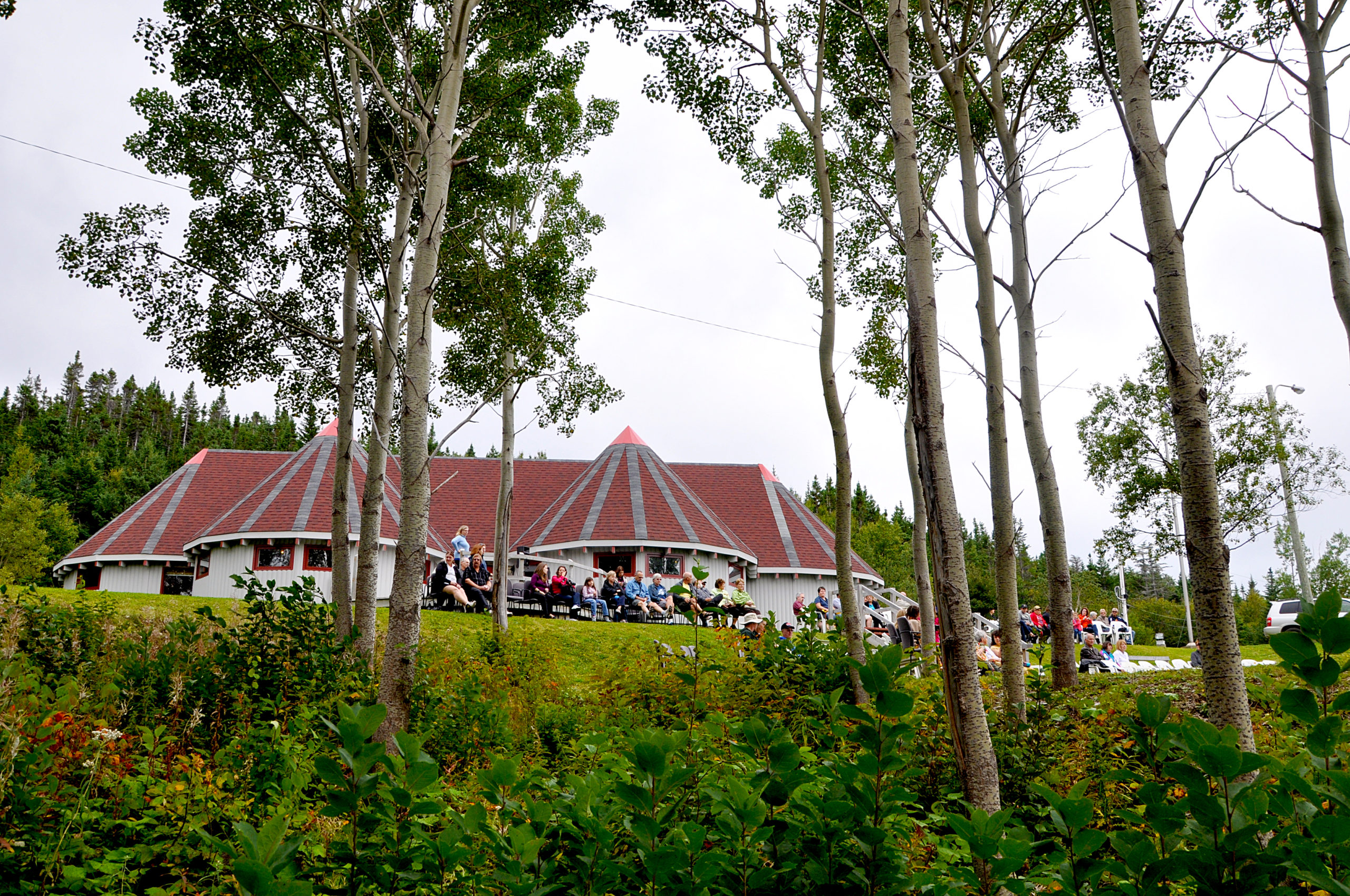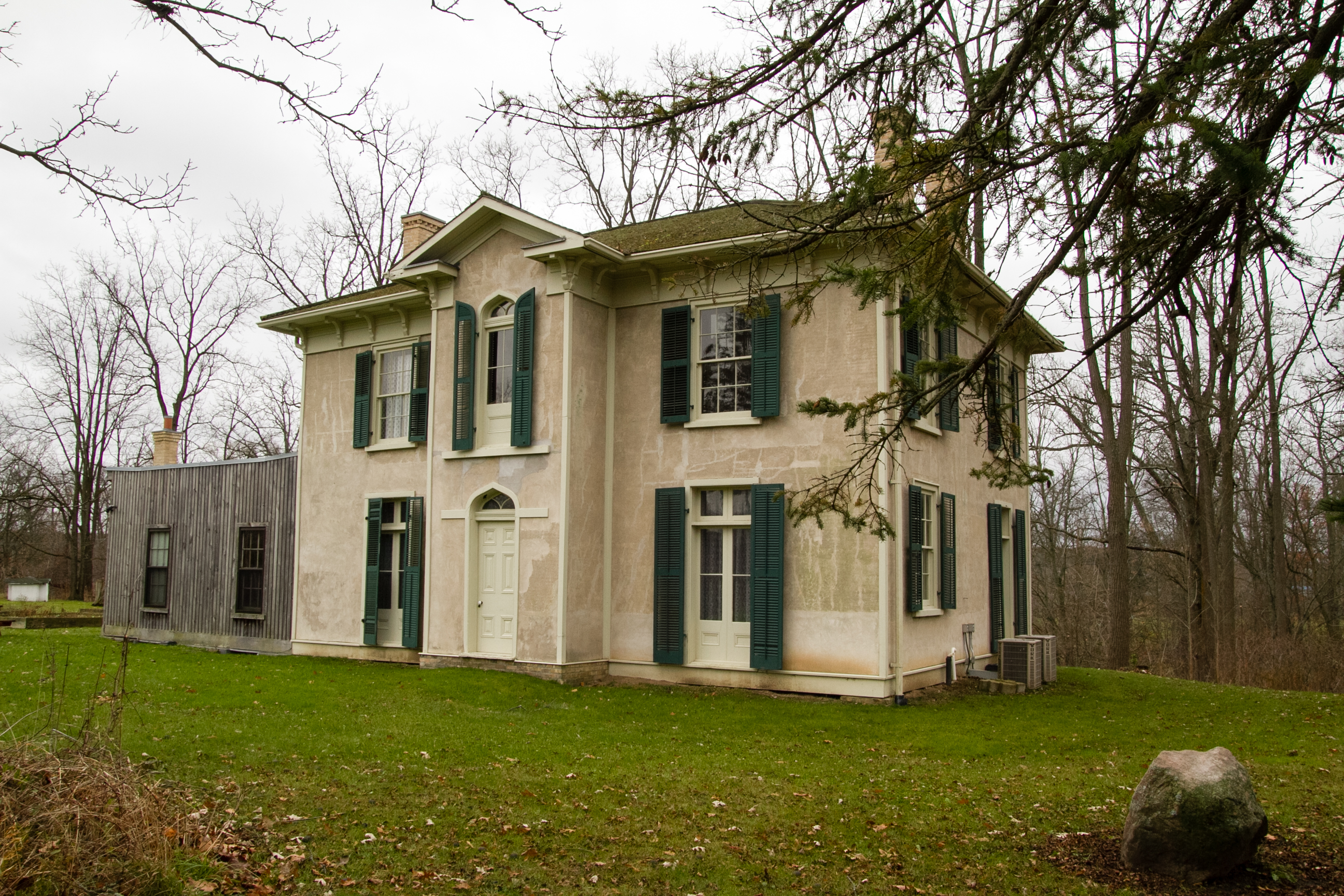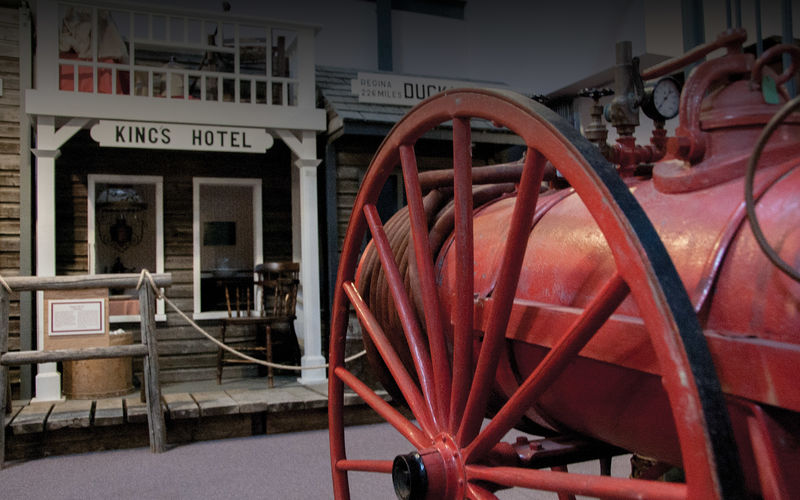National Indigenous Peoples Day in Five Passport Places
National Indigenous Peoples Day celebrates the culture and contributions of the First Nations, Inuit, and Métis Peoples of Canada. It is celebrated yearly on June 21 to coincide with the summer solstice, an astronomical event that carries important symbolism to many Indigenous peoples. All over Canada, sites with rich heritage stories tell us about the invaluable contributions, struggles, and living legacy of the diverse Indigenous cultures of our country. Join us in celebrating traditions past and present for National Indigenous Peoples Day with five Passport Places¹!
Beothuk Interpretation Centre – Boyd’s Cove, Newfoundland and Labrador

In 1981, an archeological survey of the area around Boyd’s Cove discovered the site of a Beothuk First Nation settlement occupied between 1650 and 1720. With their unique language and culture, the Beothuk were coastal dwellers in Notre Dame Bay and Bonavista Bay that benefitted from the rich resources of the land and sea that existed in Newfoundland. Tragically, through starvation, displacement and European settlement and disease, the Beothuk vanished, with the last remaining community member dying of tuberculosis in 1829. Today, the Beothuk Interpretation Centre sits on this archeological site, where a thriving village once existed. Visitors can see unearthed objects and an interpretive display based on recent archaeological research. A 1.5-kilometre walking trail encompasses the site and footprints of the village’s dwellings. These housepit outlines, along with the items unearthed at the site, are the only physical evidence of the Beothuk people that once made this area their home. A bronze statue by Newfoundland artist Gerald Squires called “The Spirit of Beothuk” stands as a reminder of the Beothuk.
*editor’s note: The Beothuk Interpretation Centre illustrates the loss of the physical settlement in Boyd’s Cove, last inhabited exclusively by the Beothuk in 1720. While the pre-contact Beothuk culture is considered lost there remain self identified members of Mi’Kmaq communities in the area who claim Beothuk ancestry.
Chiefswood National Historic Site – Ohsweken, Ontario

Built between 1853 and 1856, Chiefswood is a small Italianate villa in the middle of the forest on the banks of the Grand River. The site is part of the Six Nations Grand River Territory, which includes other Indigenous historic sites. The building was the home of Six Nations Mohawk Chief George H. M. Johnson and his English settler wife Emily, whose daughter E. Pauline Johnson would become a renowned poetess. Chiefswood was designated a National Historic Site in 1953 in recognition of the Johnson family’s role as intermediaries between local Indigenous and European communities. In 1963, the Six Nations Elected Council opened the site as a museum. With its period décor, replica wallpaper, and intricate architectural features, Chiefswood is the only surviving example of a nineteenth-century mansion built on such a grand scale by a First Nations family. The site features two identical entrances: the south entrance faces the river to welcome Six Nations community members who arrived by canoe, while the north entrance faces the road to greet visitors who arrived in horse-drawn carriages. These dual entrances are a symbol of the family’s shared cultures. Today, Chiefswood is a museum near Brantford that tells the story of nineteenth-century life in the Six Nations of the Grand River Territory through the life and accomplishments of the Johnson family.
Métis Crossing – Smoky Lake, Alberta

Nestled on the bank of the North Saskatchewan River, Métis Crossing is the first Métis cultural interpretive centre in Alberta. The facility‘s mission is to mirror the core values of the Métis community, including self-sufficiency, respect of Elders, participation of youth, and pride in Métis culture. The centre was built on the original river lots of Métis settlers from the late 1800s. Today, visitors can take part in an immersive tour of the site, which includes viewing a replica fur trapper tent, learning to set a beaver trap, sampling dried bison, and dancing a Red River Jig. The cultural immersion experience also includes a voyageur canoe paddle and tour of Victoria Settlement, a former fur trade fort. Métis Crossing encourages visitors to participate in activities that promote appreciation of Métis people, culture, and celebrations, and its 512 acres are a perfect location to spend the day and enjoy the scenic beauty of the area.
Woodland Cultural Centre – Brantford, Ontario

Established in 1972, the Woodland Cultural Centre is an indigenous education and cultural centre dedicated to the protection, promotion, and preservation of the culture, history, art, language, and heritage of the Anishinaabe and Onkwehon:we peoples. Archaeological and ethnographic collections present the area’s storyline, from its Iroquoian and Algonkian prehistoric past to the 21st century. Visitors can experience the site through an interactive museum and two art galleries, an Indigenous library and language resource centre, the Mohawk Institute Indian Residential School historic site, and five acres of grounds and green spaces with open-air exhibits. With over 35,000 artifacts in its collection, the Woodland Museum is one of the largest museum facilities in Canada managed and administered by a First Nations community. The Centre is part of the Six Nations of the Grand River reserve, the largest First Nations reserve in the country.
Duck Lake Regional Interpretive Centre – Duck Lake, Saskatchewan

In 1885, Duck Lake was the site of a skirmish between North-West Mounted Police forces of the Government of Canada and the Métis militia of Louis Riel’s Provisional Government of Saskatchewan. Although it only lasted 30 minutes, the skirmish is considered the initial battle of the North-West Resistance and a victory for Louis Riel’s cause. The Duck Lake Regional Interpretive Centre strives to preserve and conserve the cultures, stories, and artifacts of the Willow Cree First Nation, Métis, and settlers. The Centre allows visitors to experience life for each group individually as it was in the late nineteenth century. Additionally, visitors learn about the devastating effect that the near extinction of the buffalo had on First Nations communities and the harsh consequences the North-West Resistance had on the Métis. No visit to Duck Lake is complete without experiencing the displays featuring the flora and fauna of the region, from prehistory to the present. Follow the gallery’s circular path and reach the top of the Centre’s 24-metre tower for breathtaking landscape views.
For the purposes of this article we have chosen to use the self-identifying terminology and language used by the individual sites themselves, with minor edits for clarity of style.
1. All the above historic places are part of the Trust’s Passport Places program, a National Trust membership benefit that provides free access to these beautiful places, as well as 1000+ National Trust places abroad. Become a member today!

